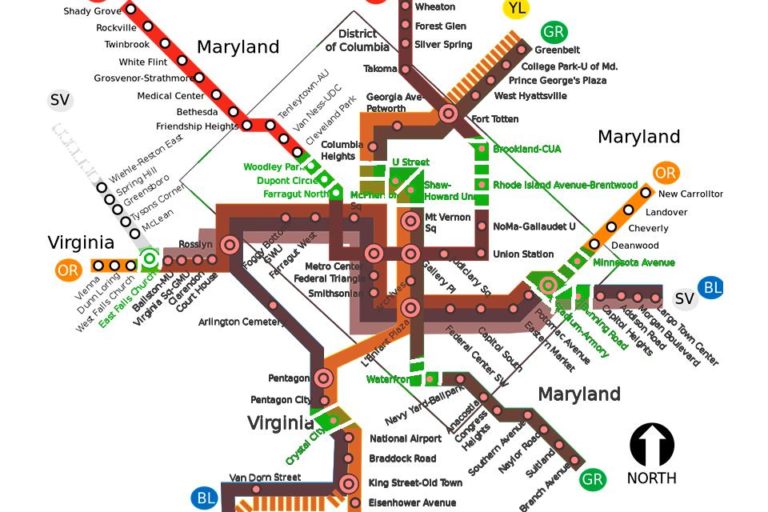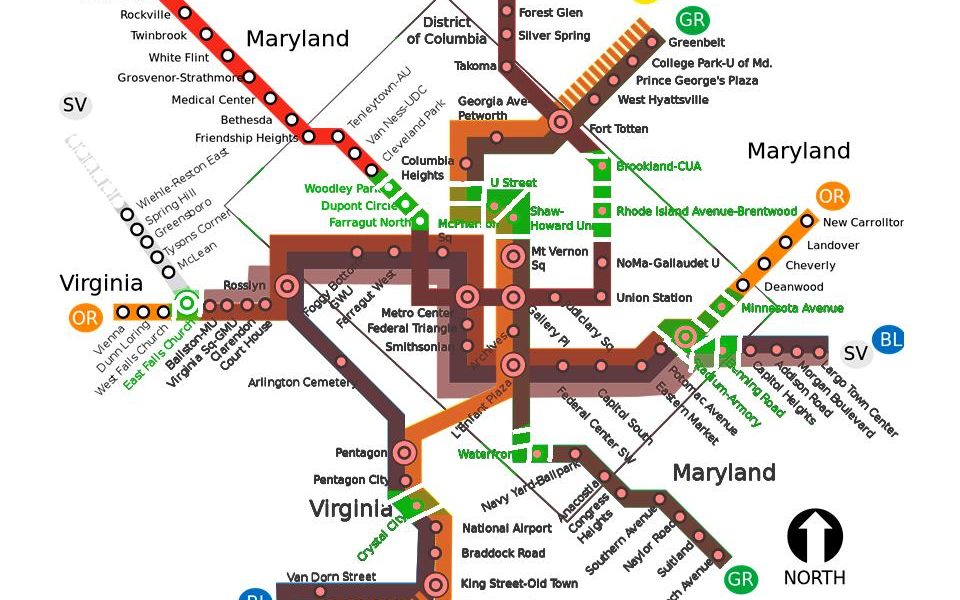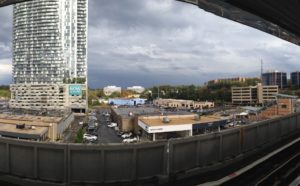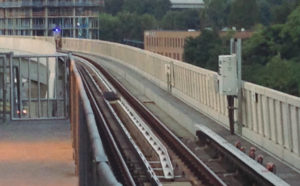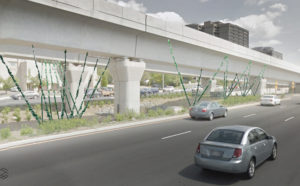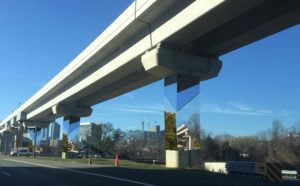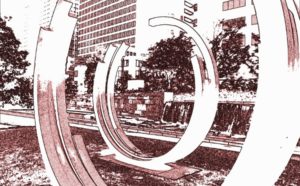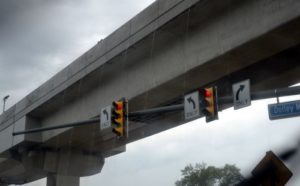For several years the saga that is WMATA has gone from bad, to worse, to laughing stock (pun intended). The problems have snowballed to the extent that the Federal government has again become involved, as they did after the fatal 2009 red line failure.
Late last year Secretary of Transportation Anthony Foxx announced additional federal oversight of track maintenance and conducted independent safety inspections. That was a great step by the FTA and DOT but what has lacked in the eyes of the public is transparency over what is happening. Track work fatigue has officially begun siphoning riders away from metro on both weekdays and especially on weekends.

After several years of track work that has seen frequency plummet from a few minutes to beyond 30 minutes (who knew the signs could display 30+) the public has no idea what all the delays have afforded them. What evidence do we have that WMATA has done anything with the billions afforded to improve tracks?
The immediate transparency and information that WMATA and the federal oversight agencies could provide is collaborating the track maintenance, inspections, and GIS information in an easy to understand format to the public. We need a map of where improvements have been completed and inspected, where the next maintenance areas will be, and what is remaining on the horizon. We are talking about a minimal amount of additional work for WMATA if they are indeed tracking the work they are doing, a requirement from the FTA, and would be even less involving for the FTA to provide.
How is it we can have an interactive map of where potholes have been filled, something a lot more complicated to map due to the fact that it doesn’t following a single pathway, but we do not have a map of WMATA completed work? The answer has nothing to do with technical complexity, and more to do with dishonesty and fear of showing the truly limited accomplishments to the public.
The WMATA board has been reshuffled, heads of departments have resigned or been fired, political leaders have all taken a few minutes in their days to stand on a soapbox to tell us how bad WMATA has gotten, but the public has no idea what is actually being done other than talk. Without transparency and communication the system will continue to lose the public trust and hemorrhage ridership.

